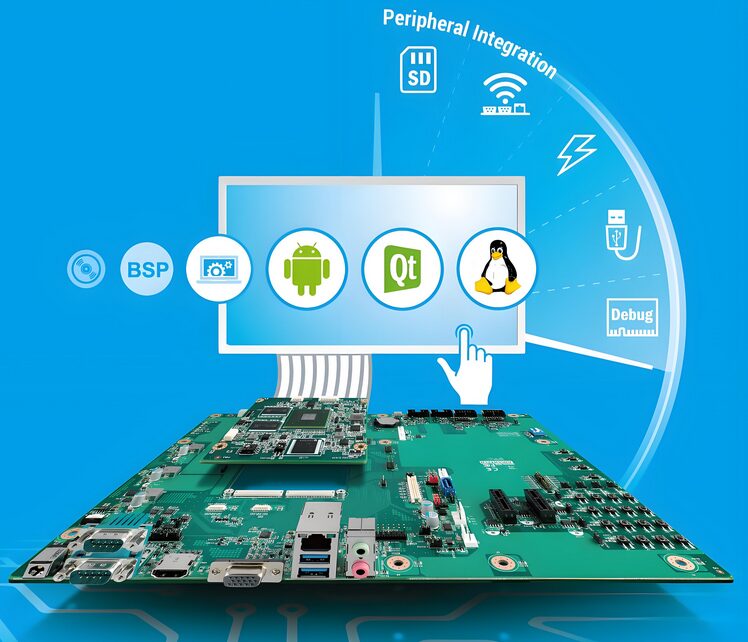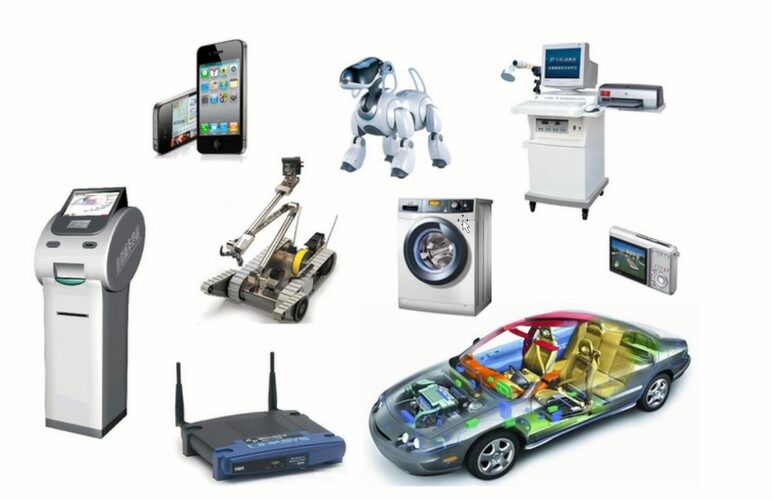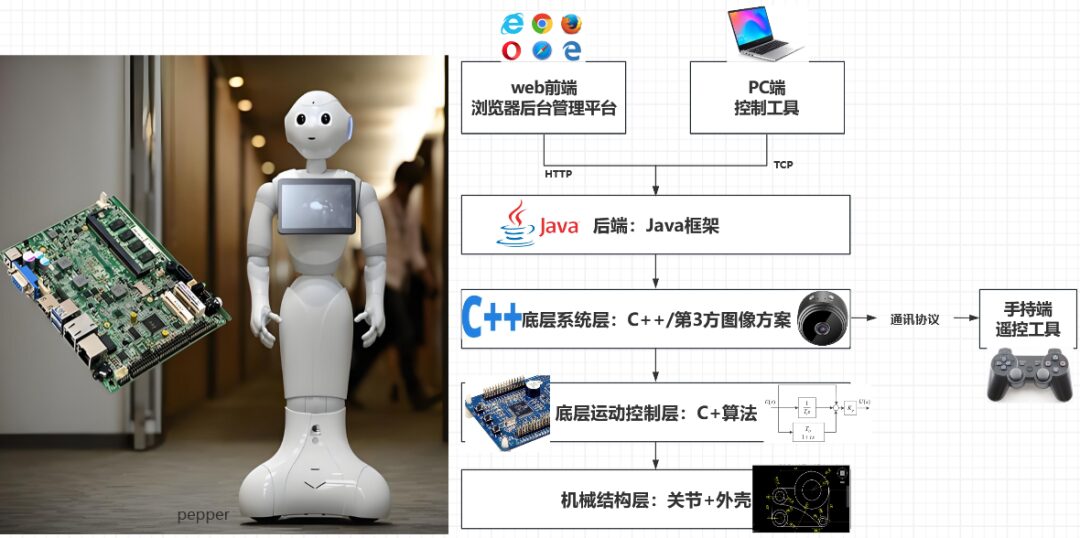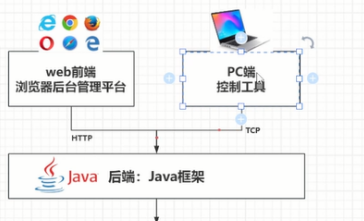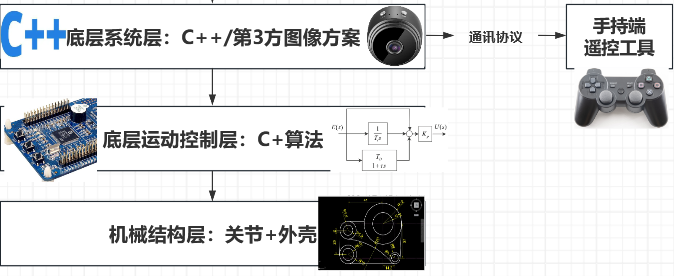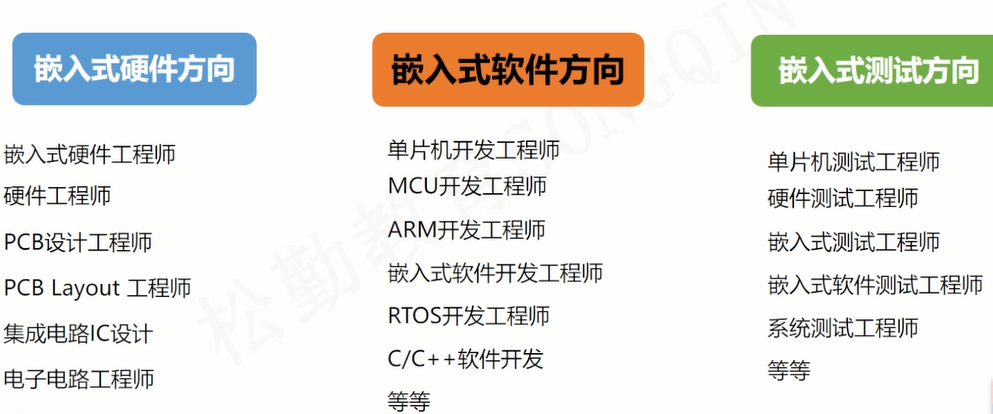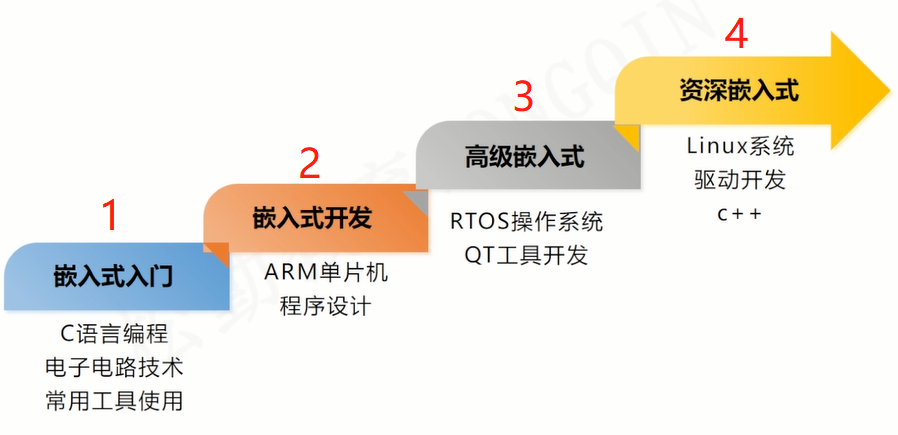Skip to content
With the development of information technology, fields such as AI digital products and intelligent driving are flourishing unprecedentedly, but these products rely on an application called embedded technology. Today, I will talk to you about an IT application field that belongs to us—embedded systems.
Let’s first understand embedded systems from the perspective of policies and major trends. Against the backdrop of China Manufacturing 2025 and the accelerated integration of industrialization and informatization, the demand for industrial software and information services in our country is also continuously increasing, with embedded software industry products achieving revenues of 197.4 billion yuan, a growth of 11.2%.
From the information on recruitment websites in recent years, embedded systems have turned into a hot commodity, with salary packages significantly improved compared to before. It can be said that embedded systems are currently one of the more popular and promising IT technologies.
1. What is Embedded Systems?
Let’s first define embedded systems from the perspective of computer systems. Embedded systems refer to embedded systems, and the IEEE (Institute of Electrical and Electronics Engineers) defines it as application-centered, based on computer technology, with customizable software and hardware, suitable for dedicated computer systems with strict requirements for functionality, reliability, cost, size, and power consumption.
Application-centered:This indicates that embedded systems have a clear practical purpose.
Based on computer technology:This indicates that it is essentially a special type of computer.
Customizable software and hardware:This indicates it has strong flexibility and customization capabilities.
There is a saying in the industry to understand embedded systems: “Embedded systems are about embedding the application program into the chip for execution!”
The development prospects of embedded technology are very broad, and its application in the industrial field will become increasingly widespread. Especially with the promotion of Industry 4.0 and intelligent manufacturing, robots, smart instruments, and automated CNC equipment are increasingly popular applications of embedded technology, which can not only improve production efficiency and reduce labor costs but also enhance product quality and production safety.
In addition, embedded technology will also play an important role in fields such as smart homes and smart cities within the Internet of Things. As people’s living standards improve, the demand for convenient living solutions like smart homes and smart travel is becoming increasingly strong. Embedded technology, as one of the key technologies to meet these needs, has a very broad development prospect.
2. Understanding Embedded Systems from a Product Perspective
When we interact with a product, we generally familiarize ourselves with it through the interaction layer. For example, with a Pepper robot, we only see the robot’s external performance, but what about the inside? Why does it walk? Why does it shake hands? What is the internal structure like? If we don’t understand it well, let’s use a diagram to understand the structure of the robot from the outside to the inside.
If we only look at the upper half of the project
This part is familiar to many testing engineers because common application testing includes web, client, and even app testing. The backend is implemented using Java, and we can cite many cases and have rich testing experience in this area.
But if asked how this Pepper robot learns to imitate human limb movements and how it communicates with people, that might exceed our technical understanding. This is exactly the application scenario of embedded systems.
This part allows us to process various data and behaviors of the robot. This part cannot be seen like an application on a computer or mobile device but is implemented through a set of hardware devices, realizing various behaviors and actions of this hardware. Therefore, as a testing engineer in this area, it is also necessary to learn and master related low-level technologies.
At this point, some may wonder if there is so much content about embedded systems, will it be very difficult?
Actually, embedded systems can be divided into embedded hardware, embedded software, and embedded testing.Embedded hardware includes processors, memory, circuit boards, etc.;Embedded software includes low-level drivers, operating systems, application programs, etc.;Embedded testing is a testing position that requires understanding some hardware and software skills, focusing more on product functionality and the operation of test suites.
3. Embedded Systems Prospects and Recruitment Demand
There is a significant talent gap in the embedded field, and many well-known large enterprises have a high demand for embedded talent, with most companies trying to reduce the turnover rate of embedded talent. Whether now or in the future, embedded engineers will be an indispensable part of enterprise development.
The more experienced the engineer, the greater the employment competitiveness, and the higher the salary level.
So what corresponding positions are available in the market?Let’s take a look at the classification of embedded positions as shown in the image below:
4. What Technologies Need to be Learned for Embedded Systems
Finally, for those who want to enter this industry, it is essential to know what content needs to be learned for embedded systems. The following image shows the growth path of embedded learning and specific learning suggestions.
As long as you master the technologies in stages 1 and 2, you can fully qualify for embedded development or testing work. As technology continues to deepen and project experience accumulates, I believe we can all achieve a promising future in the era of artificial intelligence.
* For basic learning of C language, it is crucial to master it well, as a solid foundation determines our code quality; (Finding methods, C language is actually quite similar to Python and easy to get started with).
* For basic learning of hardware, it is necessary to have a basic understanding, to be able to read some simple circuit structures and recognize commonly used electronic components;
* For program logic learning, learn some common processing methods, and refer to some excellent logical thinking in work;
* For operating system learning, focus on understanding its concepts, and if you need to do advanced development, you can learn more about RTOS later;
* For computer principles learning, it can be seen as a detailed explanation of the various modules of embedded systems, which will give you a comprehensive understanding of embedded systems, with every part worth exploring.
Embedded system project practice: After learning the above knowledge, try to complete a complete embedded system project, such as a controller or sensor data acquisition system. Through practice, deepen your understanding and mastery of embedded system development and testing.
Continuous learning and practice:Embedded systems are a constantly evolving field, and continuous learning and practice are crucial. Keep up with the development of technology and industry, and consolidate what you have learned through practical projects.
The above is an introduction to the concept, products, and development of embedded systems, and more importantly, what skills need to be learned for embedded systems. If you have any thoughts or questions about this industry, feel free to leave comments~~


